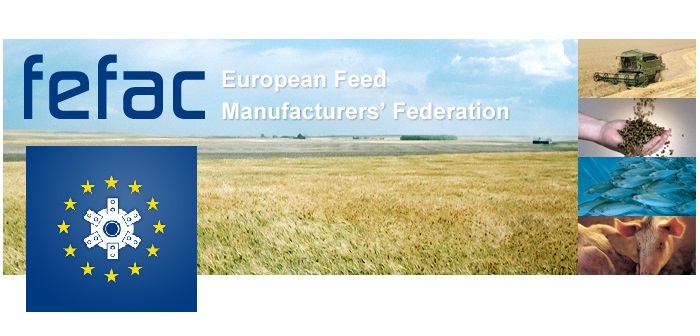Feed sector leaders have joined forces with meat and livestock industry bodies to reaffirm their “whole chain” commitment to tackling climate change, highlighting the fact that greenhouse gas (GHG) emissions per kg of meat produced have been steadily reducing over the years.
Timed to coincide with the current climate talks in Paris (COP21) the International Meat Secretariat (IMS) assembled a panel of international speakers for a media session, focusing attention on the meat and livestock industry’s “key priority” of continuing to reduce GHG emissions and improving environmental performance.
The session included a contribution from FEFAC secretary general, Alexander Döring, representing IFIF (the International Feed Industry Federation). He elaborated on the feed industry’s contribution to the development of methodologies that help to calculate the environmental footprint of feed used in livestock farming, outlining the many “emission mitigation” initiatives already being taken by the global feed sector.
“On an international level, FEFAC contributes to the IFIF-coordinated Global Feed LCA Institute, which aims to provide a public database for feed ingredients, and the FAO-coordinated LEAP Partnership,” he said.
“At EU level, FEFAC and several of its member associations are taking part in the feed pilot of the PEF (Product Environmental Footprint), the development of which is one of the most important elements of the EU’s strategy to create a future single market for green products with guaranteed trustworthy and transparent communication on environmental performance.”
The IMS session concluded with the release of the following list of pro-livestock statements, highlighting the “many positive elements” livestock farming holds as regards land use, resource efficiency and food production:
- Livestock uses mainly land not suited for crops and for which there is no other productive use;
- Livestock are efficient recyclers, transforming 80% of all feed that is not edible, such as grass, biomass, crop residues and by-products, into high-value nutritious animal protein;
- Livestock produce important by-products including power, fibre, medicines, slurry for biogas, and manure to maintain soil fertility, reducing the need for synthetic fertilizers;
- Livestock are necessary for food and nutrition security and diversity to diets;
- Livestock help address the multiple challenges of malnutrition, which include wasting, stunting, obesity, and anaemia in women of reproductive age.




